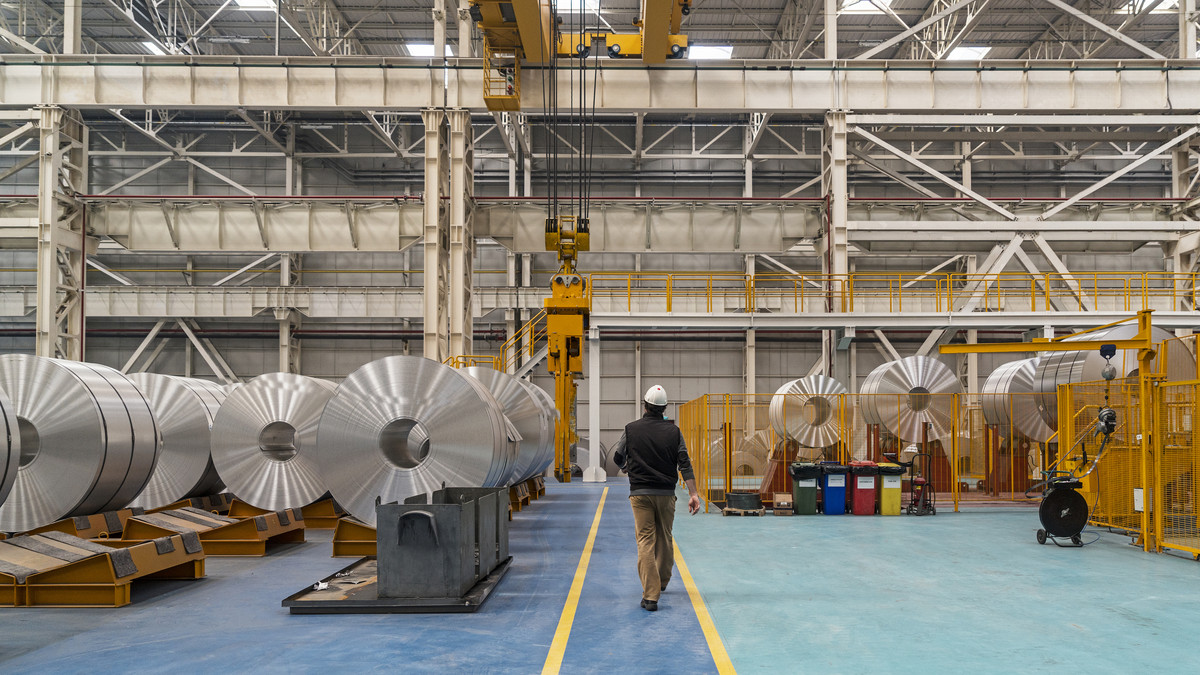Every day another challenge arises, and the growing impact of COVID-19 has left most companies rushing to implement new processes to minimize operational impact. Remote working has become the new norm; but for certain jobs, especially within the manufacturing industry, it can present a significant challenge.
Factories depend on operators to keep machines running and it’s simply not possible for them to work remotely. It is possible, however, to significantly reduce the number of people needed to maintain operations. The first step, which many plants have already implemented, is to restrict access to critical personnel only — no outside visitors, and anyone who can work remotely, such as finance or customer service teams, should work remotely.
How to minimize exposure on the factory floor
When asked about how his team was managing the impact of social distancing, a plant manager who declined to be identified said, “We haven’t seen a decrease in customer orders so we’re trying to meet our production numbers with fewer people on the floor. Everyone who has to push a button, turn a knob, or drive a forklift still has to be in the plant; the rest are working remotely.”
Tactics that manufacturers are taking to maintain the health and safety of critical floor employees include:
- Staggering shifts to limit the number of people on the floor at any given time.
- Restricting employees from congregating in common areas.
- Requiring all onsite personnel to wear gloves.
- For shared tools, one person must put the tool down and the next person who picks it up must sanitize the tool with an alcohol wipe before using it.
Enabling remote monitoring for managers, engineering teams
Managers and engineering teams also play a critical role in maintaining efficient operations. Engineers must have an understanding of the process and data so they can diagnose problems and solve issues, while managers must be able to react to problems on the floor that impact OEE and production scheduling.
Remote monitoring solutions provide the operational visibility that these teams need to track performance and make the necessary recommendations without having to physically be on the factory floor. For example, dashboards that show production metrics by line, shift or day allow plant managers or global operations teams to quickly view and compare performance, while Pareto analysis and data exploration tools allow process or quality engineers to conduct root cause analysis.
Implementing a successful remote monitoring plan relies on the three A’s of data: Availability, Accuracy and Aggregation.
Data Availability
Automated data from sensors around process conditions, as well as, qualitative data that provides context to process data is critical to successful remote monitoring. A platform that provides both real-time and easy-to-access historical information enables remote teams to address problems as they occur. This helps factories avoid long-lasting issues with significant impact and provides constant continuous improvement efforts with access to historical data.
Data Accuracy
While having automated sensors removes the need for human intervention, there are still contextual components that need to be captured. Understanding the reason why a machine is down is critical to providing accurate remote support. Processes that establish data capture must be in place before remote monitoring can be successful. Expectations and transparency are important for both factory floor personnel and remote teams to ensure accurate decisions are being made.
Data Aggregation
To provide additional context, factory data from machines, sensors and floor personnel should be aggregated with data from ERP, MES and quality systems through a historian, SCADA or OPC UA server. Once data is centralized, it can be displayed through various data visualization or exploration tools that allow remote employees to compare manufacturing performance across lines, shifts, products and more. The data can also be used by machine learning and applied analytics technologies to provide predictive alerts and performance-optimization recommendations.
With Epson Moverio and Moverio Remote Assist, you can enable field personnel to consult with remote experts in a hands-free, see-what-I-see experience for remote support, and real-time inspections and progress reviews. Learn more.
Adapting today allows you to be more resilient tomorrow
In 2003, the SARS outbreak wreaked havoc on Toronto’s health-care systems; many processes were put into place to reduce the impact of future pandemics. In a recent New York Times article, Dr. Daniel Kollek, a professor of emergency medicine at McMaster University in Hamilton, said: “When I compare [COVID-19] to what I experienced as an emergency physician during SARS, this is a different situation and a better situation.”
Taking action today to enable remote monitoring and other contingency plans will not only support business continuity today but also help you become more resilient in the future. Pandemics, natural disasters and other challenges, like a skilled-labor shortage, can happen at any time. Having a business-continuity plan along with a remote monitoring solution can minimize the impact on manufacturing operations, while machine learning and performance optimization solutions can help you prepare for an economic downturn.
This article was written by Willem Sundblad from Forbes and was legally licensed through the NewsCred publisher network. Please direct all licensing questions to legal@newscred.com.
![]()



